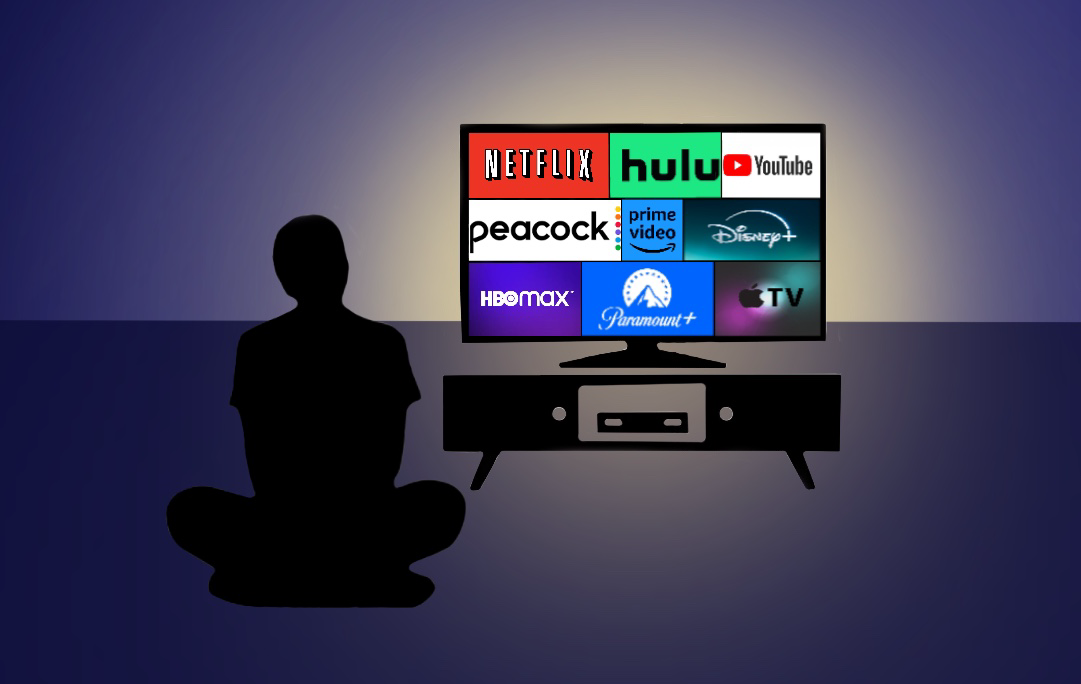The disconnect between students, peers and teachers is a problem that has been evident for the last few years. With students feeling uncomfortable in their classes because of their anxiety to isolate themselves due to mistakes. The newly required restorative circles aim to resolve this issue as part of a greater restorative practice.
The impact of this disconnection can be felt in students such as Yasenia Nieves-Marrero who had issues in prior years forming bonds with her classmates.
“I think that it [restorative circles] could be more beneficial, because it’ll feel more comfortable to make mistakes,” Nieves-Marrero said.
“I believe restorative practices are a powerful tool for building a strong, connected school community. They align with our values at Hagerty High School by prioritizing relationships and personal growth over punitive measures. While they require dedication and training, the long-term benefits are well worth the effort,” assistant principal Reggie Miller said.
Appearing in other schools such as Lake Mary and Winter Springs High School, restorative circles allow students to hold open discussions about multiple topics. These can be anywhere from a five-minute, “What did you do this weekend,” to a 15-minute, “Show-what-you-know,” about a topic.
“[Circles were] implemented to build community among our students, resolve conflicts, and improve relationships. It can be used to address issues, celebrate successes, or discuss concerns,” Miller said.
The usage of restorative circles varies depending on the teacher, either to build a community in the classroom or as engaging academic practice. Film teacher Jamie Ling uses circles to establish a connection between herself and her students.
“I asked the question, ‘What is one of your favorite films and why?’ We stood in a circle and it was really great to hear,“ Ling said. “So many of us would laugh and [say], ‘that’s right!’ ‘Oh, I love that film.’ It was wonderful.”
Physics teacher Hunter Cannan has turned circles into review games for his students. Using a beach ball, Cannan passes the ball to a student, who answers a question, before passing it off to the next person, combining an academic circle with an element of fun.
While academic circles are most common now, restorative circles are also expected to be used in conflict resolution. Permitting students to confront their issues with each other interactively and avoiding further problems.
“It allows students to take responsibility for their actions, make amends, and restore relationships rather than just face punishment,” Miller said.
All of these steps are taken in order to help further the goal of building community, not only in the classroom but school-wide.
“I think as that communication gets better, you build a more positive culture and climate,” principal Robert Frasca said.
Restorative circles can additionally be used as a way to gather feedback. From students discussing what strategies worked for them and what didn’t when studying for a math test, to staff members in a meeting getting together to problem-solve.
“I think knowledge is power. Information is what makes us better, and if we don’t listen to that feedback, and we don’t get that understanding, good, bad, and different, we can’t grow and improve in our own practice,” Frasca said.









